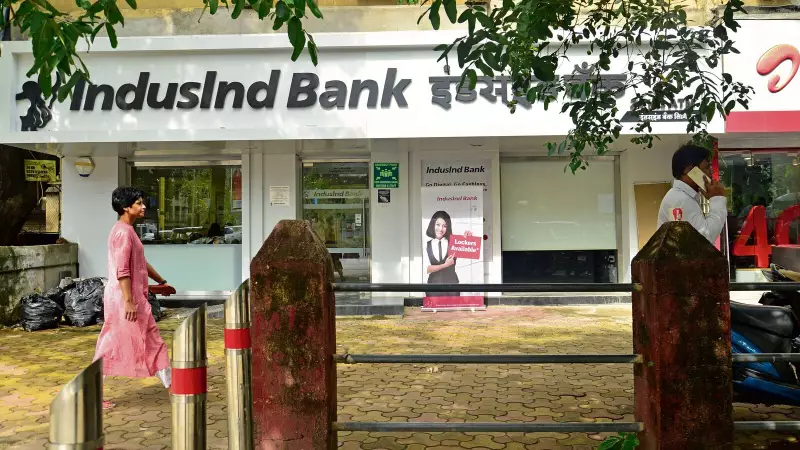
In a surprising turn of events, IndusInd Bank has reported a net loss of ₹445 crore for the second quarter of fiscal year 2025, marking a significant deviation from market expectations. The private sector lender's performance was heavily impacted by substantial provisions that overshadowed other operational metrics.
Financial Performance Highlights
The bank's net interest income (NII) witnessed a concerning decline of 17.5% year-on-year, settling at ₹4,863 crore compared to ₹5,893 crore in the same quarter last year. This substantial drop in core income, combined with elevated provisions, created the perfect storm for the quarterly loss.
Provisions: The Main Culprit
What truly derailed the bank's profitability was the massive spike in provisions, which surged to ₹2,295 crore during the quarter. This represents a significant increase from previous periods and reflects the bank's cautious approach toward potential stress in its loan portfolio.
Asset Quality: A Mixed Picture
The bank's asset quality presented a complex narrative. While gross non-performing assets (NPAs) showed some improvement, declining to 1.87% from 2.11% in the previous quarter, the net NPA ratio also improved to 0.57% from 0.62% sequentially.
Operational Resilience Amid Challenges
Despite the net loss, the bank demonstrated operational strength with pre-provision operating profit remaining relatively stable. Other key metrics including net interest margin and credit growth showed varying degrees of performance, indicating underlying business resilience despite the headline loss.
Market Reaction and Outlook
The unexpected results have caught investors and analysts off-guard, with market participants closely watching the bank's strategy to navigate the current challenges. Management commentary on the road ahead and plans to address the provision-related issues will be crucial for restoring investor confidence.
The banking sector has been closely monitoring private lenders' performance amid evolving economic conditions, and IndusInd Bank's results add an important data point to this narrative. The coming quarters will be critical in determining whether this represents a temporary setback or signals deeper challenges for the private sector lender.





